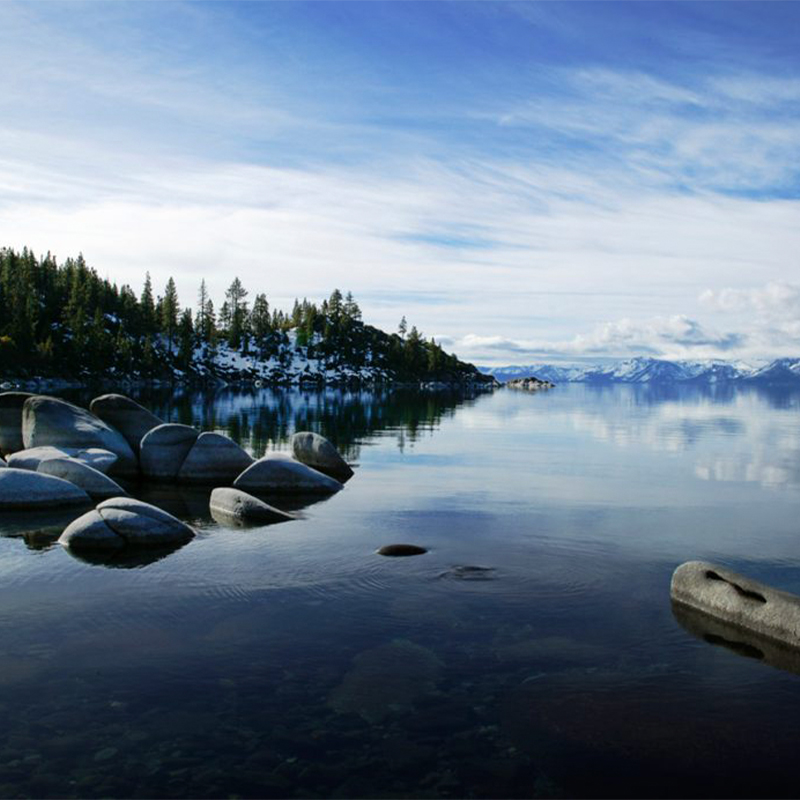RENO, Nev. – As temperatures rise, particularly in alpine regions, lakes are feeling the heat. Research published today in the journal Science, led by researchers at the Carnegie Institution for Science, indicates that climate change impacts critical winter processes including lake ice conditions. Changes in lake ice conditions impact the function of ecosystems and the communities that live nearby. With climate affecting this critical winter process one can ask, what other critical changes to freshwaters might occur from changing winters whether at Lake Tahoe, or the small lakes and streams in the mountains of California and Nevada?
Sudeep Chandra, a professor at the University of Nevada, Reno, was part of the study and has been studying lake ecosystems for over two decades.
“Winter change from a human-altered climate is an important area of focus for scientists and policy makers,” Chandra said. “We need to learn more about how this change in winter, whether from snowpack dropping on to a watershed or the loss of lake or stream-ice, may have lasting ramifications for what we might observe in the ice-free summer season.”
There are many ways climate change can and will impact western alpine lakes.
Changing snowpack and winter conditions can extend plant growing seasons for lakes in the summer, increasing the opportunities for invasive species to take hold within a lake or expand their range.
Lake Tahoe’s cold water-preferring native species are maladapted to warm water. Physiological threats to native species, compounded by competition and predation from invasive species like bass and bluegill which are better adapted to warm temperatures, can have serious repercussions for the native flora and fauna in Lake Tahoe.
Beyond changing the balance of invasive to native species in lakes, changing winters can affect the important hydrologic and water quality connections, from the groundwater and streams to lakes. Maintaining these connections are critical not only for the living things that might need the connections to live out their life cycles but also for supplying nutrients to the edge of the lakes at the right time to promote healthy conditions at the edge of a lake.
Warming temperatures are associated with increased susceptibility to harmful algal and cyanobacterial blooms, which can limit recreational use and the water quality of both streams and lakes. For regions which rely heavily on recreation, like Lake Tahoe, algal blooms can mean decreased tourism, negatively impacting the economy.


